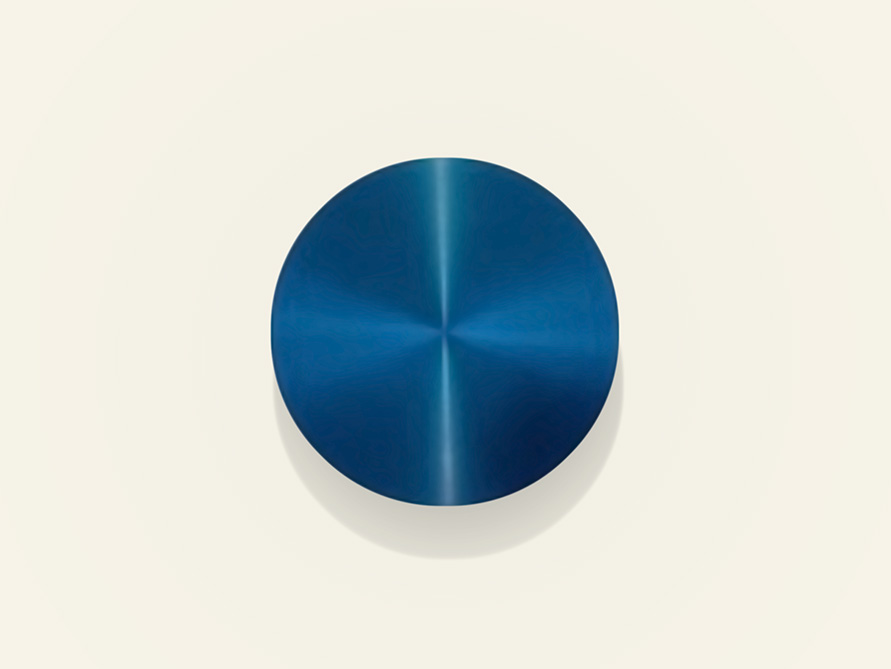Gallery Sofie Van de Velde. Antwerp
11 January - 3 March 2020
William Anastasi
Kirstin Arndt
John Beech
Monika Grzymala
Jochem Hendricks
Ann Veronica Janssens
Sandra Kranich
Axel Malik
Guy Mees
Hiroko Nakajima
Charlotte Posenenske
Franziska Reinbothe
Michael Reiter
Willy De Sauter
Herbert Warmuth
Martina Wolf
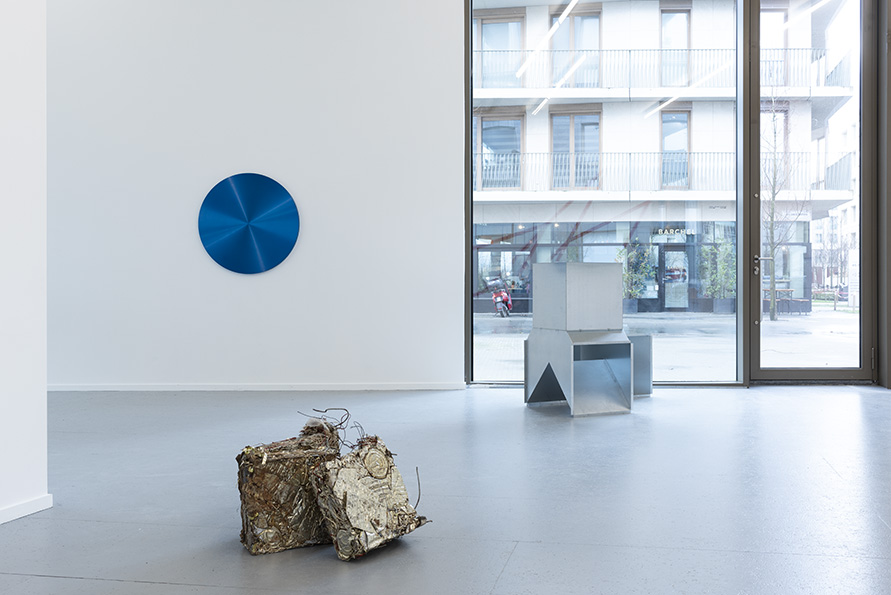
Exhibition view. Gallery Sofie Van de Velde, Antwerp, 2020
Sandra Kranich, Ann Veronica Janssens, Charlotte Posenenske
About the implicit movement. Movement is the quintessence of vitality. (For the purposes of these deliberations we shall ignore the obvious fact that every product is the result of [labor] movement.) Before film was invented, movement could not be represented, but only alluded in sculpture and painting: The pose of a body and its limbs pointed to a future or past movement. It has to be reasoned and only exists in the viewer’s imagination. The viewers’ movement on the other hand, as they shift to take in different aspects of the art work, is taken for granted. Nevertheless, artists have had the ambition to express movement time and again. German sculptors Veit Stoss or Tilman Riemenschneider, but also Italian Renaissance painters, for example, captured the movement of the onrushing Angel of Annunciation by depicting his fluttering robe, which however appears as though frozen. The great Roman Baroque architects Borromini and Bernini highlighted movement in architecture: The walls of their churches appear to be animated.
The diagonal became a compositional principle in Baroque painting. Mondrian and van Doesburg, proponents of the Dutch de Stijl movement, fell out because van Doesburg introduced the diagonal, an indicator for movement, to his work. At the beginning of the 20th century the Italian Futurists addressed rapidity as the dominant dimension of Modernism. Movement remained implicit in all experiments. The aspiration of imagining movement is anticipated in the semiotic theory of reception based on the writing of Umberto Eco (“The Open Work”, 1968), according to which art needs the spectator’s imagination in order to complete the work.
On our exhibition: John Beechs (US) work has wheels. The painted folds in Herbert Warmuth’s paintings (Ger) and the real folds on Franziska Reinbothe’s (Ger) wall objects bear witness to a past movement. Charlotte Posenenske’s (Ger) open installations of the steel sheet tubes are fragments and may be continued. Sandra Kranich’s (Ger) work results from a firework. Michael Reiter’s (Ger) jolly trellis may be moved. Martina Wolf’s (Ger) work is a “moving image”, in so far as in what appears at first to be a photograph suddenly occurs movement. Axel Malik (Ger) writes his “signs” with high speed, thus circumventing the influence of his consciousness. Jochem Hendricks’ (Ger) eye drawings are computer transformed manifestations of his eye movements while contemplating. Monika Grzymala’s taut strips of adhesive tape hint at explosive processes. William Anastasi’s (US) ‘subway drawings’ are a seismographic representation of the juddering of the New York subway. Kirstin Arndt’s (Ger) wall objects are expanded according to the scissor principle. Hiroko Nakajima’s (J) paintings are based on the quick brushstrokes of the Japanese calligraphy. Willy De Sauter’s (Be) work shows a succession from white to black. The photos of Guy Mees (Be) show a variation. On Ann Veronica Janssens’ (Be) ringlike object light evokes a seeming movement.
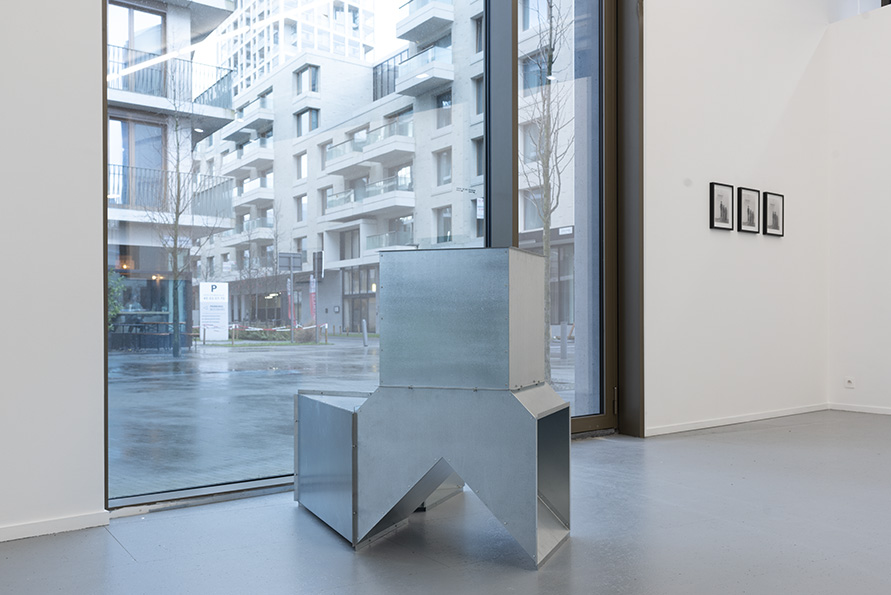
Charlotte Posenenske
Square Tubes Series D
1967 / 2008
Galvanized sheet steel
Single elements: 92 × 46 × 46 cm,
92 × 46 × 23 cm, 46 × 46 × 46 cm,
46 × 46 ×46 cm, 46 × 46 × 23 cm
Dimension variable
Gallery Sofie Van de Velde, Antwerp, 2020
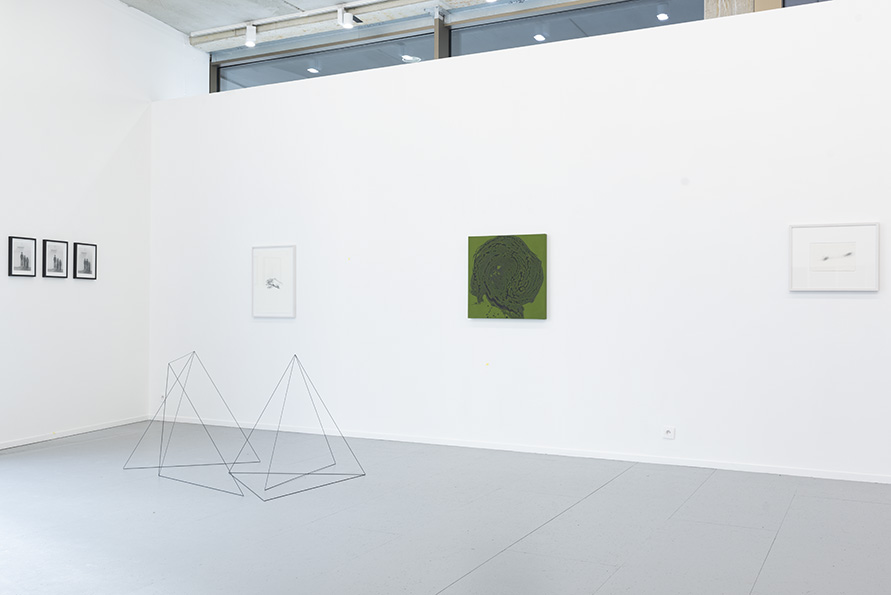
Exhibition view Gallery Sofie Van de Velde, 2020
Guy Mees, Jochem Hendricks, Hiroko Nakajima, William Anastasi, Michael Reiter
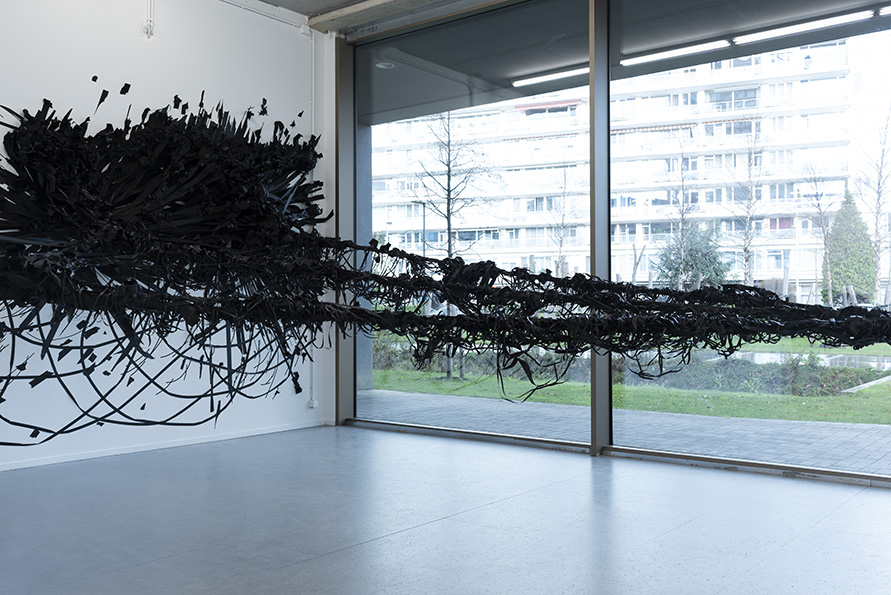
Exhibition view Gallery Sofie Van de Velde, 2020
Monika Grzymala
Raumzeichnung / Space Drawing
2020
Installation
Black Paper Tape
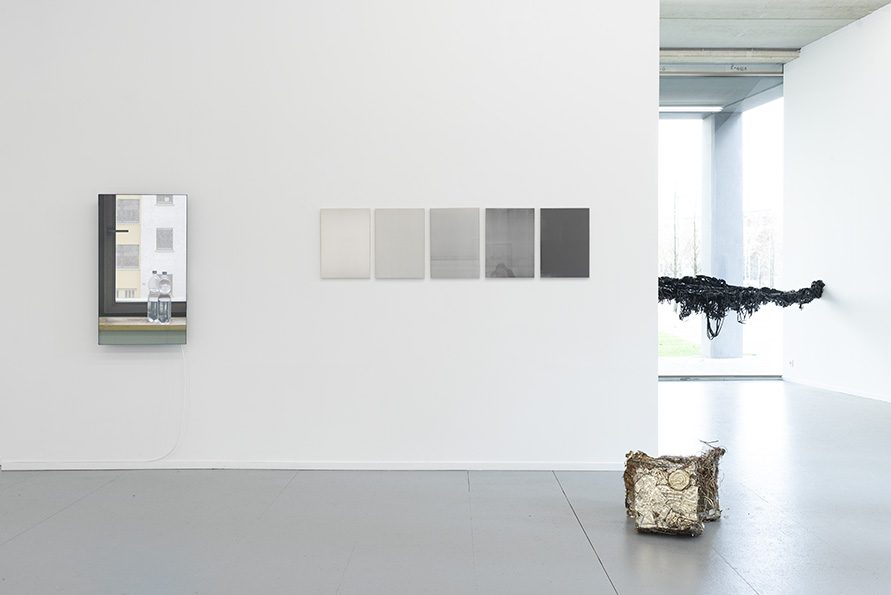
Exhibition view Gallery Sofie Van de Velde, 2020
Martina Wolf, Willy De Sauter, Sandra Kranich
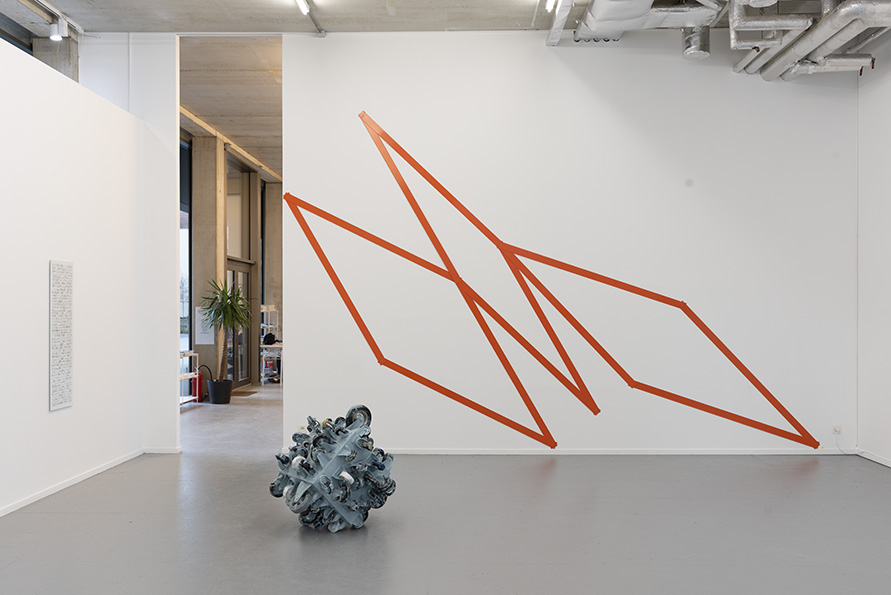
Exhibition view Gallery Sofie Van de Velde, 2020
John Beech
Rolling Platform (Light Blue)
2019
Oil enamel, casters, screws, plywood
80 × 80 × 80 cm
Kirstin Arndt
o.T.
2020
Aluminium (2 mm), powder-coated,
Orange (RAL 2009)
300 × 800 ×1 cm
Dimension variable

Willy de Sauter
Zonder Titel
1976
Ink on paper
5 x 47,7 x 34 cm
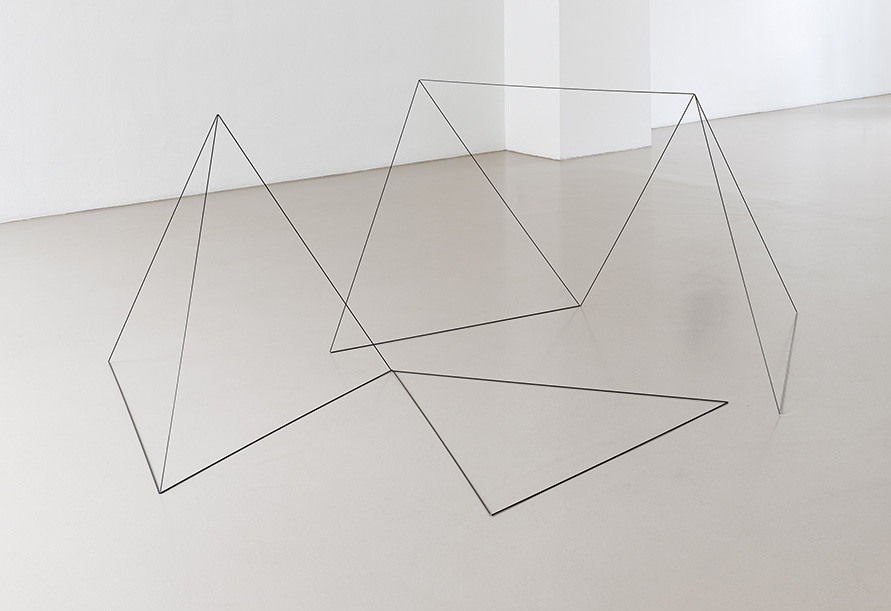
Michael Reiter
Flexible Triangle
2014
Carbon rods
200 × 100 cm
Dimension variable
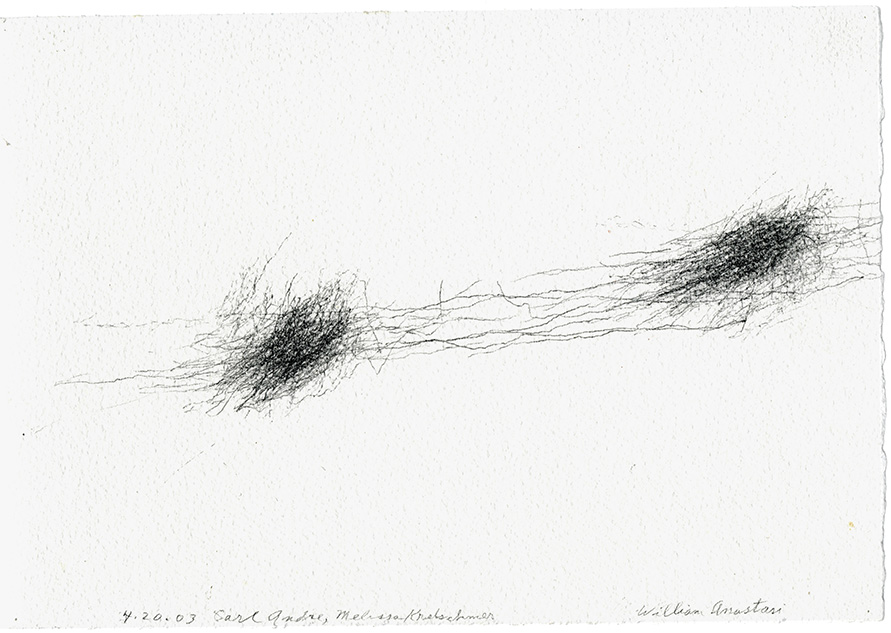
William Anastasi
Subway Drawing, 4.20.03
Carl Andre, Melissa Kretschmer
2003
Graphite on paper
19,4 x 28,5 cm
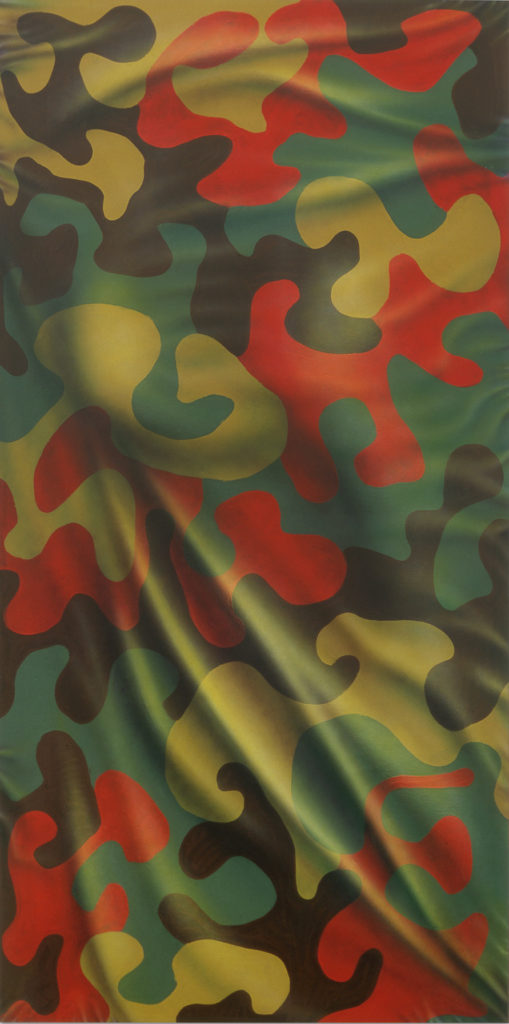
Herbert Warmuth
Camouflage (red)
2001
Varnish,
Acrylic on aluminium
200 × 100 cm
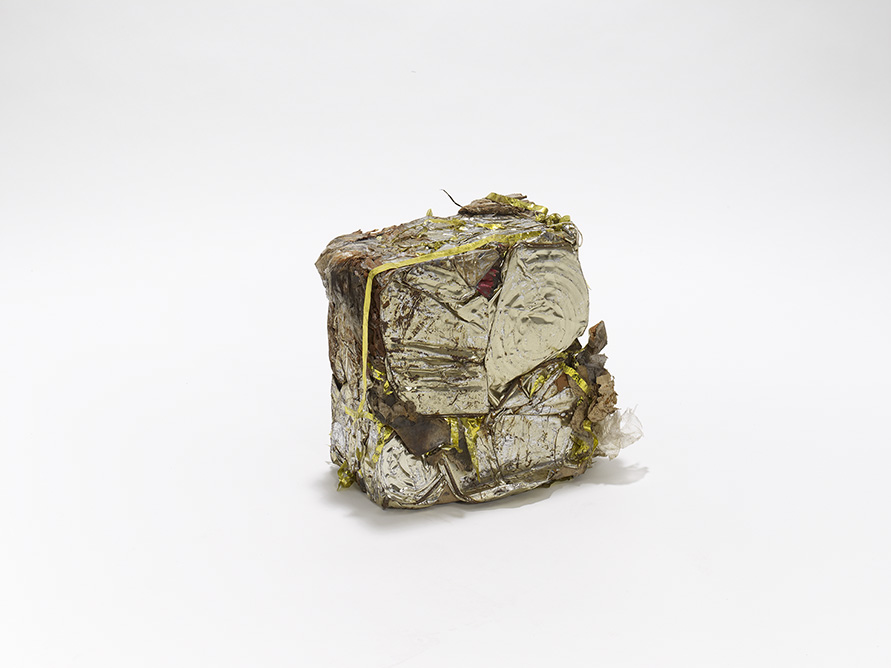
Sandra Kranich
Compact Time
2012
Mixed Media
Pressed non-ferrous metal cans, fireworks,
conductors, electric cables, steel cables
40 × 33 cm × 33 cm × 8–16 cm
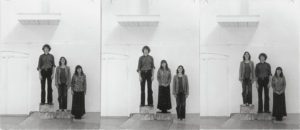
Guy Mees
Portraits (Difference of Levels)
1974
Photography (black and white) on cardboard
3 × 24,5 × 19 cm
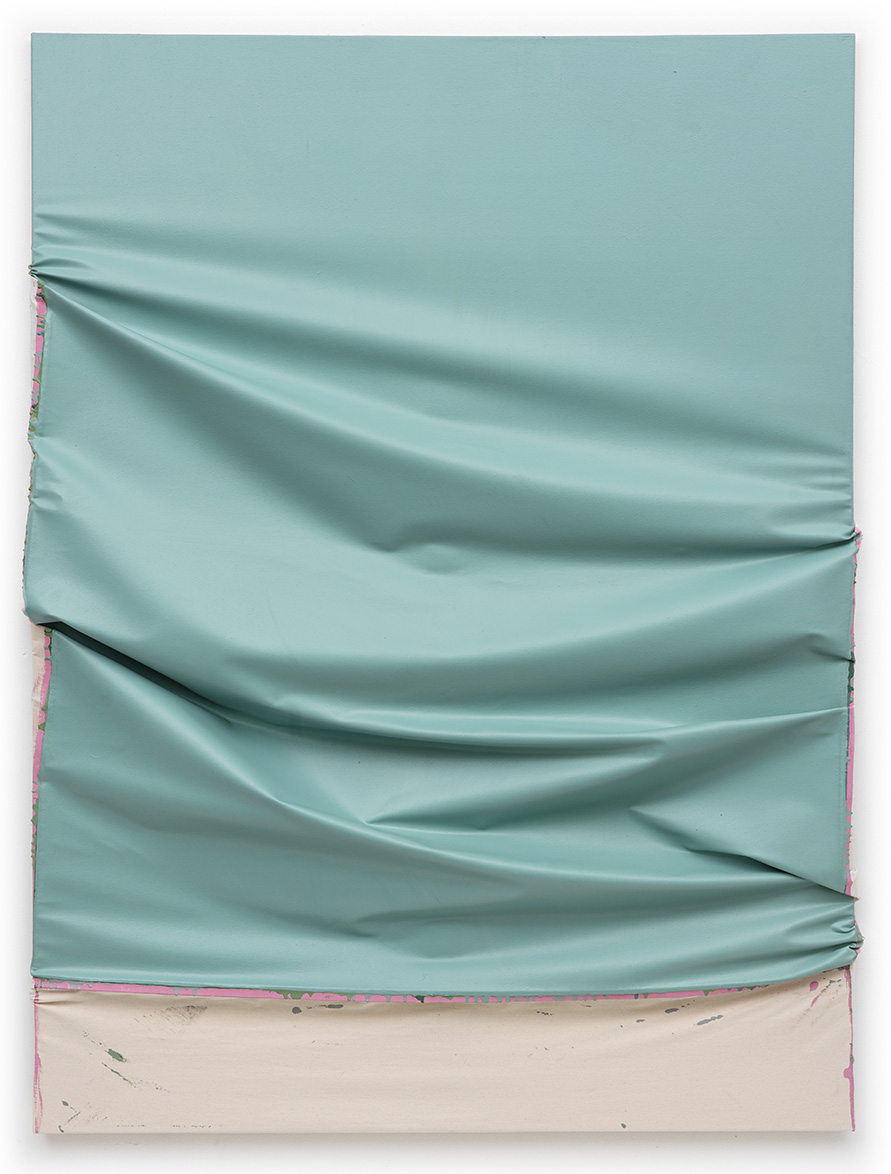
Franziska Reinbothe
o.T.
2019
Acrylic on canvas
ca. 160 × 120 × 15 cm
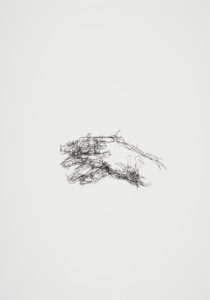
Jochem Hendricks
Hand 4
1992
Ink on paper
61 × 43 cm
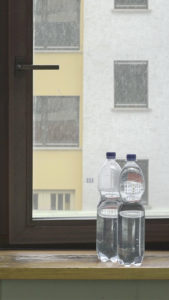
Martina Wolf
Window / Fenster. Frankfurt am Main, Orber Straße 24, 2019-02-08
4K videos / montage / H264 1080 × 1920 px, 25p
Mute. 30 min. Loop

Hiroko Nakajima
Wasserbaum
2018
Ink, pigment on canvas
70 × 70 cm
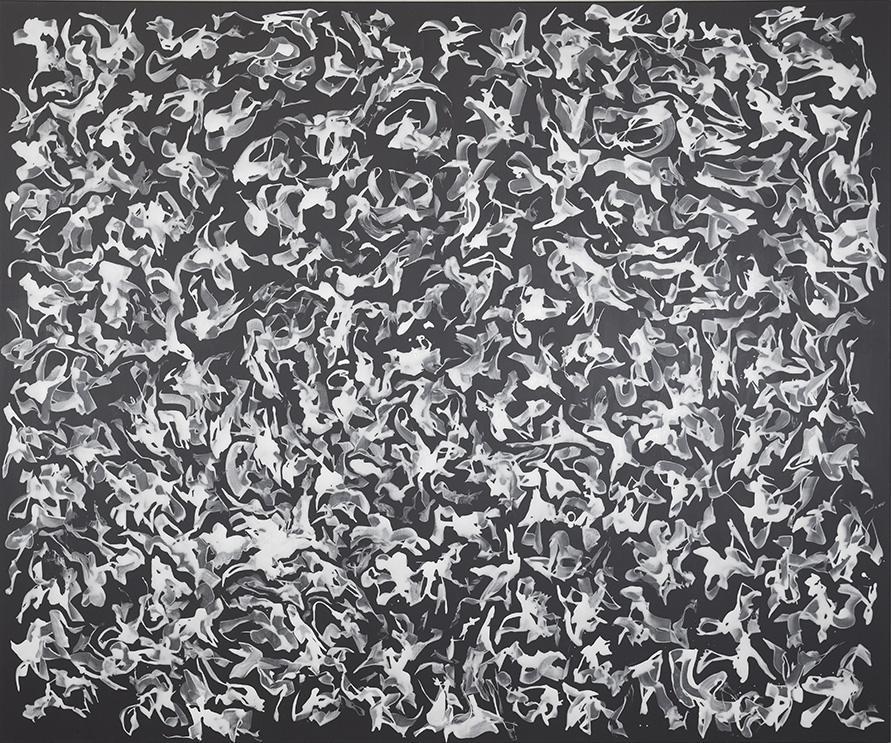
Axel Malik
Werk-Nr. 2089
2011
Acrylic on canvas
150 × 180 cm
